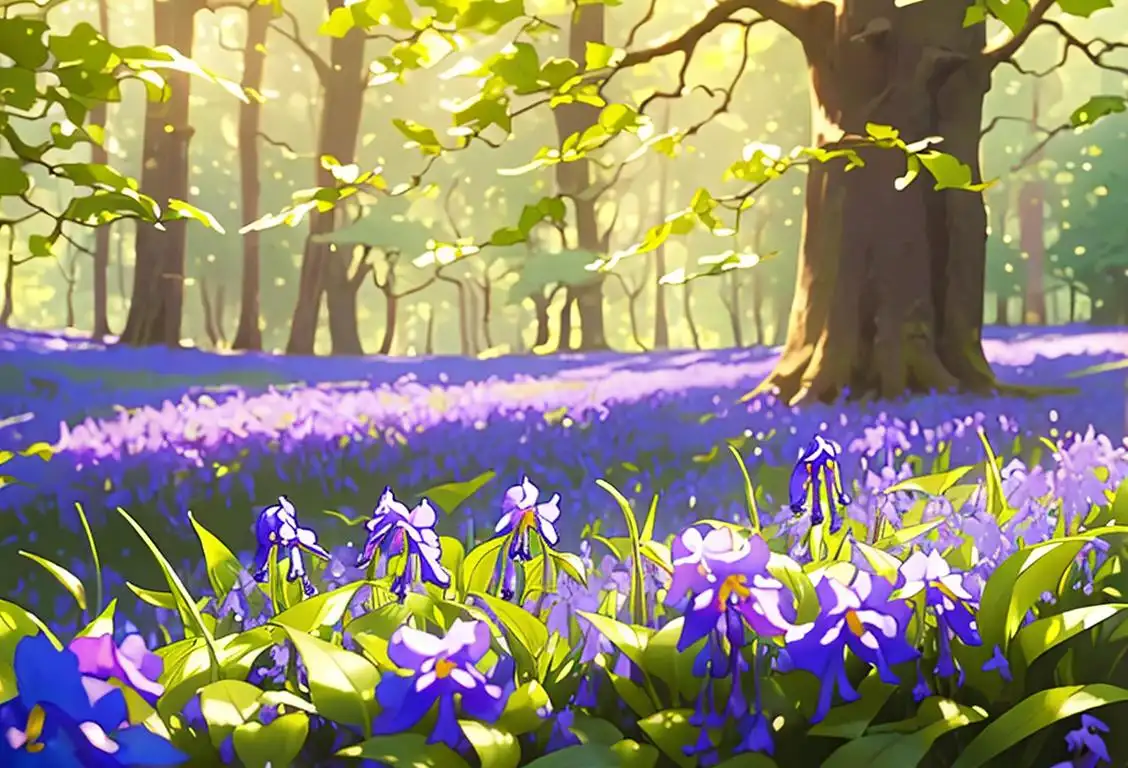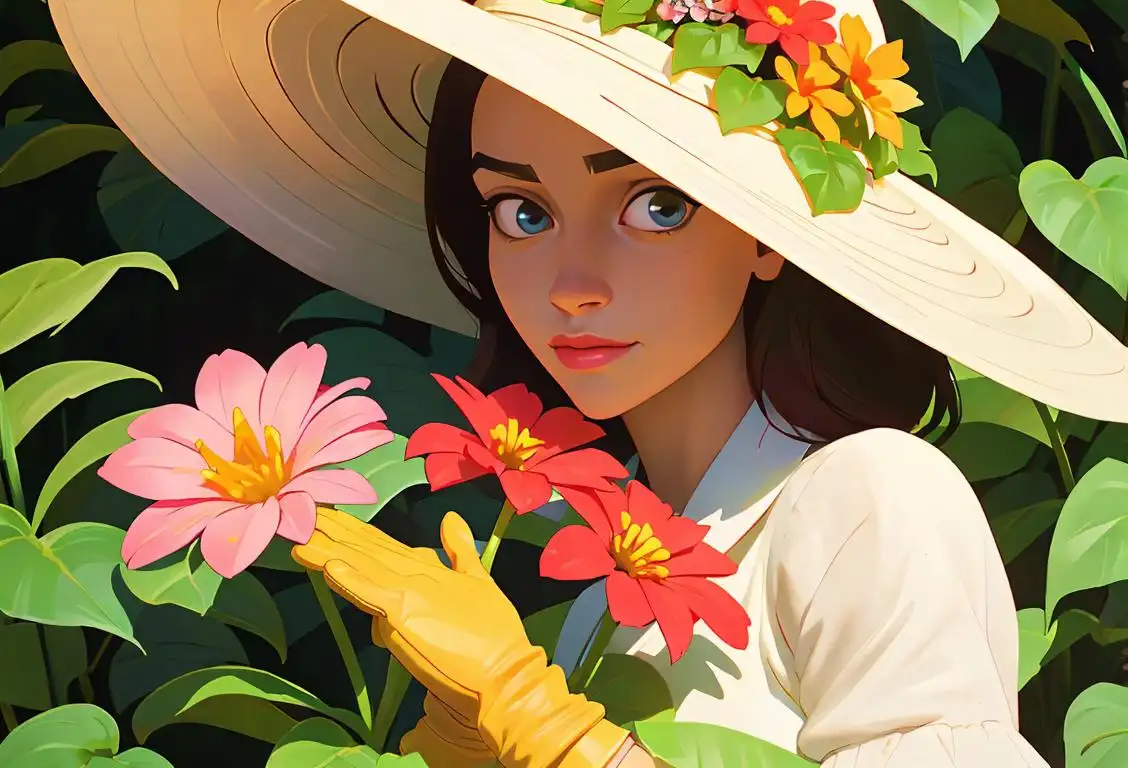National Bluebell Day

Welcome to the whimsical world of National Bluebell Day! Get ready to frolic through the tulips...wait, wrong flower. Anyway, prepare yourself for an enchanting journey into the realm of these delicate and vibrant blue beauties. Whether you're an avid botanist or just someone who appreciates the simple joys of nature, this is the day for you.
When is Bluebell Day?
It's national bluebell day on the 31st August.
The Blossoming of Bluebells
Picture this: a tranquil forest carpeted in a sea of azure. The air is scented with a sweet, earthy fragrance, and the gentle rustling of leaves accompanies the harmonious chorus of birdsong. It's a scene straight out of a fairytale, and it can be found on National Bluebell Day.
The origins of this delightful day are shrouded in mystery (like the magical atmosphere surrounding bluebells themselves). While we're not entirely sure who first proclaimed this special day, we can certainly appreciate their love for these charming flowers.
Bluebells, also known as Hyacinthoides non-scripta or simply English bluebells, are native to the woodlands of western Europe. These delicate and graceful flowers grace us with their presence during the springtime, transforming previously dreary forests into magnificent floral wonderlands.
Fun fact: Did you know that bluebells are a protected species in the United Kingdom? It's illegal to pick, uproot, or destroy them as they are considered a national treasure!
A Symbol of Serenity
Bluebells have captured the imaginations of poets, artists, and nature enthusiasts for centuries. They have been admired for their elegant beauty and have become a symbol of peace and tranquility. Walking amidst a bluebell carpet can transport you to a place of calm serenity, away from the chaos of everyday life.
On National Bluebell Day, take a moment to appreciate the wonders of the natural world. Visit a local park or woodland area where bluebells bloom abundantly and allow yourself to be enchanted by their whimsical charm.
Celebrate with Care
While it's tempting to pluck a few bluebells to adorn your home, it's important to remember that they are a protected species. Instead, opt for admiring them in their natural habitat and taking plenty of photographs to commemorate your experience.
So, grab your camera, put on your walking shoes, and embark on a serene adventure into the captivating world of bluebells on National Bluebell Day!
History behind the term 'Bluebell'
15th century
Early Name and Folklore
The term 'bluebell' is believed to have originated in the 15th century. It was derived from the Old English term 'bleó' which means blue or azure. In folklore, bluebells were associated with enchantment and fairies. It was believed that ringing the bells of a bluebell patch would summon fairies or call for their assistance.
17th century
Scientific Classification
During the 17th century, the bluebell, scientifically known as Hyacinthoides non-scripta, was classified as a distinct species. Before this, it was often mistaken for other similar flowers. Its unique shape, graceful drooping blooms, and vibrant blue color intrigued botanists and led to its inclusion in scientific records.
19th century
Symbolic Flower
By the 19th century, bluebells had become a symbolic flower in various cultures. In Britain, they represented humility and gratitude. They were often associated with everlasting love and were considered lucky. Bluebells were even used in traditional folk remedies for ailments such as rheumatism and toothaches.
20th century
Conservation Efforts
In the 20th century, the significance of bluebells extended beyond folklore and symbolism. Concerns arose regarding the decline of native bluebell populations due to habitat destruction. Conservation efforts were initiated to protect these iconic flowers. Bluebell woods, such as the famous Bluebell Wood in England, were preserved to ensure the survival of these delicate and beautiful blooms.
21st century
National Celebration and Protection
In the 21st century, the term 'bluebell' gained further prominence as national celebrations and protections were established. Countries like the United Kingdom declared national days to appreciate and conserve bluebells, raising awareness about their importance in maintaining biodiversity. These celebrations serve as a reminder of the cultural and ecological significance of bluebells in our world today.
Did you know?
Did you know that the bluebell's scientific name, Hyacinthoides non-scripta, is derived from the Greek myth of Hyacinthus, a young man who was turned into a flower by the gods? Talk about blooming under pressure!Tagged
celebration nature flowersFirst identified
31st August 2015Most mentioned on
31st August 2015Total mentions
6Other days
Daisy Johnson Day
Jasmine Day
Bluebell Day
Parks Centennial Issue First Day
Forestation Day
Forces All Defined In One Day
Plant A Flower Day
Tulip Day
Buck Day
Goat Day








